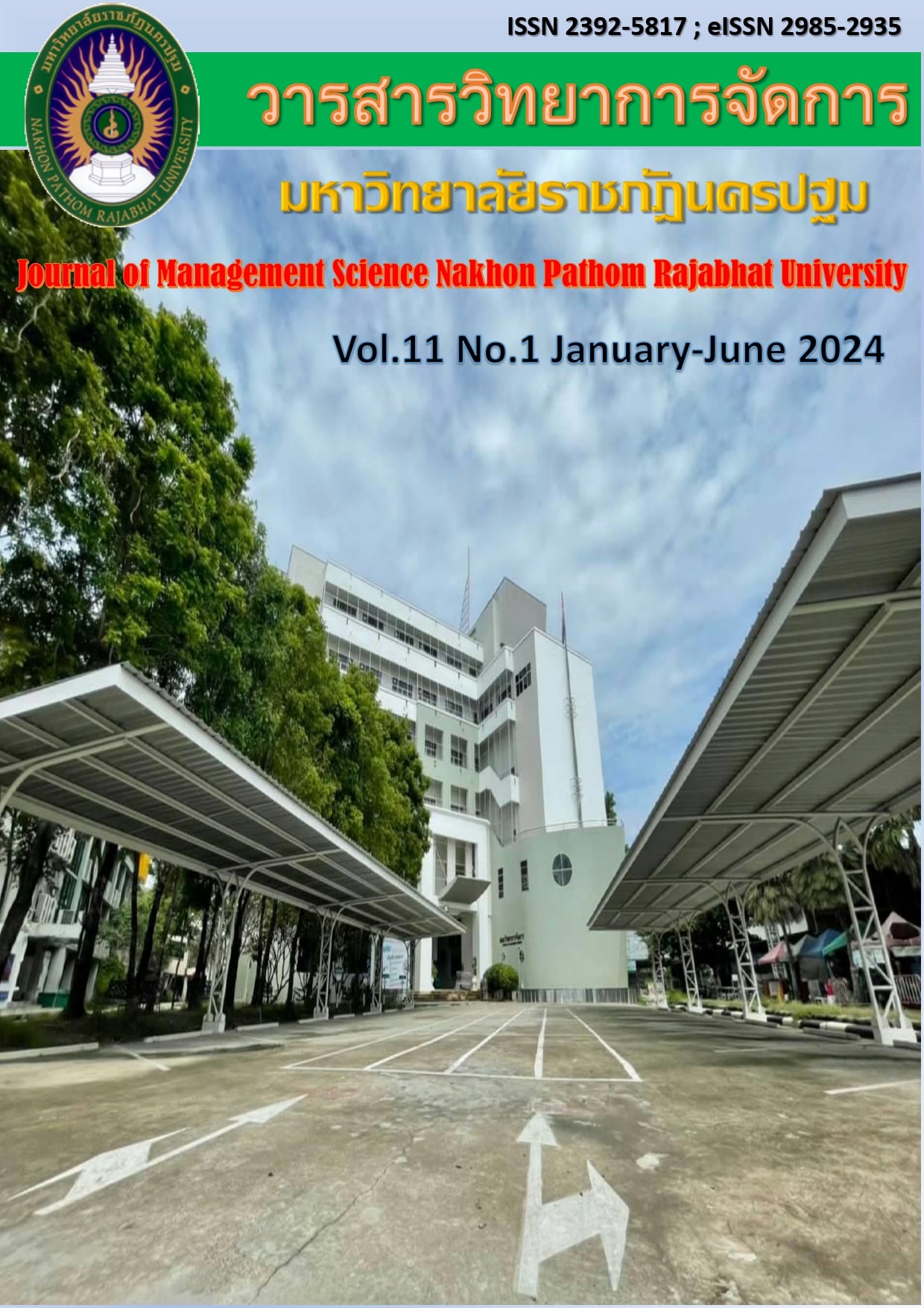Government organizations Management in the 21st Century
Main Article Content
Abstract
This article posits management guidelines for government organizations in the 21st century, shifting toward an innovative organizational model. This model encompasses several components, including collaboration between the public and private sectors, transparency, and citizen participation. It underscores risk management and security, the reconfiguration of management systems, the significance of knowledge management, effective leadership, and organizational restructuring. These components function as a roadmap for the development of government organizations in the 21st century, ensuring efficiency and innovation.
Article history: Received 13 November 2023
Revised 25 January 2024
Accepted 29 January 2024
SIMILARITY INDEX = 5.82 %
Article Details

This work is licensed under a Creative Commons Attribution-NonCommercial-NoDerivatives 4.0 International License.
The views and opinions of the article appearing in this journal are those of the author. It is not considered a view and responsibility of the editorial staff.
References
นัทนิชา โชติพิทยานนท์. (2565). องค์การและการจัดการ. เอกสารประกอบการสอนวิชาองค์การและการจัดการ MPP 5504, [ออนไลน์]. ค้นเมื่อ 2 พฤศจิกายน 2565 จาก https://elcpg.ssru.ac.th/natnicha_ha/pluginfile.php/26/block_html/content/MPP5504%201_64%20%281%29%20New.pdf
นรวัฒน์ ชุติวงศ์และณัฐสิทธิ์ เกิดศรี. (2554). การวิเคราะห์ปัจจัยที่มีอิทธิผลต่อการเป็นองค์กรแห่งนวัตกรรม
ในประเทศไทย. วารสารบริหารธุรกิจ. 34(130), 47-58.
ประสาร ไตรรัตน์วรกุล. (2563). ปาฐกถา: รัฐและระบบราชการไทยกับความท้าทายข้างหน้าของประเทศ โดย ดร.ประสาร ไตรรัตน์วรกุล.[ออนไลน์]. ค้นเมื่อ 1 พฤศจิกายน 2566 จาก https://tdri.or.th/2020/10/speech-dr-prasarn/
ปัญญา เลิศไกร นิลรัตน์ นวกิจไพฑูรย์และลัญจกร นิลกาญจน์. (2562). การจัดการนวัตกรรมการพัฒนาองค์กร. วารสารมหาจุฬานาครทรรศน์. 6(8). 3745-3757.
พระครูใบฎีกาวิชาญ ทรงราษี และเสาวลักษณ์ โกศลกิตติอัมพร. (2564). การพัฒนาประสิทธิภาพและคุณภาพ ของการปฏิบัติงานภาครัฐ. วารสารการบริหารการปกครองและนวัตกรรมท้องถิ่น. 5(3), 61-72.
พสุ เดชะรินทร์. (2558). องค์กรรูปแบบใหม่ในศตวรรษที่ 21. [ออนไลน์]. ค้นเมื่อ 1 พฤศจิกายน 2566 จาก https://www.bangkokbiznews.com/blogs/columnist/111102
สุรเดช จองวรรณศิริ. (2563). การจัดการสู่องค์กรนวัตกรรม. กรุงเทพฯ: บริษัท ทริปเปิลว้าว คอร์ปอเรชั่น จำกัด.
สมคิด บางโม. (2558). องคการและการจัดการ. กรุงเทพฯ : บริษัทจูน พับลิซิ่ง จํากัด.
องค์อร ประจันเขตต์. (มกราคม-เมษายน 2557). องค์กรแห่งนวัตกรรมการศึกษา ทางเลือกใหม่ของการ บริหารการศึกษา. วารสารพยาบาลทหารบก. 15(1), 45-51.
อำไพ ไชยแก้ว. (2565). กระบวนการจัดการ. [ออนไลน์]. ค้นเมื่อ 19 ตุลาคม 2566 จาก https://sites.google.com/site/aunripreya456/10-krabwnkar-cadkar
Robbins, S. & Decenzo, d. (2005). Fundamentals of human resource management. (8th ed.). New Jersey: John Wiley & sons.


